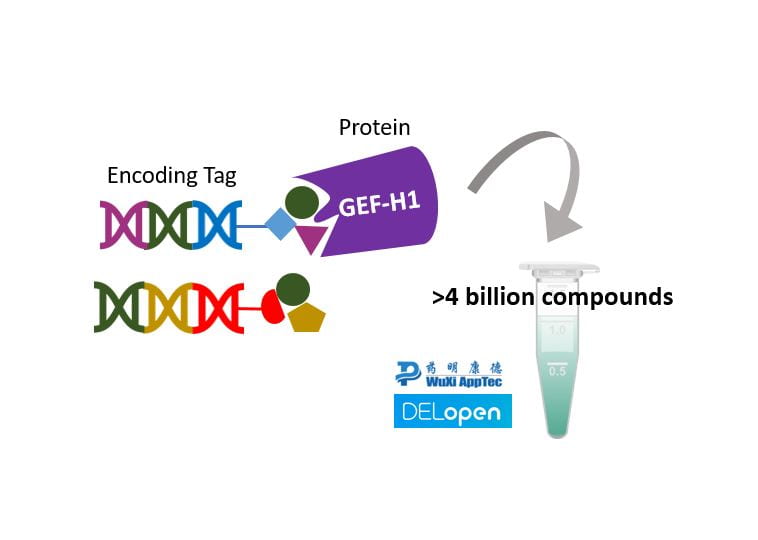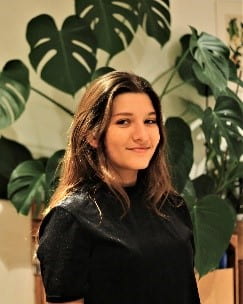Following last week’s announcement from the MHRA regarding changes to the regulation for devices to be marketed in the UK, we asked Translational Research Manager Dr Simon Eaglestone, who has represented the UCL Translational Research Office in various discussions around the new Medical Devices Regulation (MDR) for 2021, to comment on the implications this has for the devices academic community and the support available at UCL to ensure compliance and accelerate translation of medical devices to the market.
What do the new Medical Device Regulations mean for device projects in academia?
From 1 January 2021, the Medicines and Healthcare products Regulatory Agency (MHRA) will take on the responsibilities for the UK medical devices and in vitro diagnostic medical devices market that are currently undertaken through the EU system (i.e. CE mark). The new product marking will be termed UK Conformity Assessed (UKCA), with the current Medical Devices Regulations 2002 (UK MDR 2002) continuing to have effect in Great Britain after the transition period.
CE marking will continue to be used and recognised until 30 June 2023, with medical device manufacturers in the UK having to prepare to satisfy the new EU Medical Device Regulation 2017/745 (MDR) to be fully implemented 26 May 2021. Even with this most recent announcement of how medical devices are to enter the market in Great Britain it remains clear that to market UK medical devices in the EU, manufacturers will have to satisfy the new MDR and gain CE mark certification. Whilst the MDR is written to provide clarity of regulatory requirements of economic operators and sponsors of clinical investigations, there has been confusion and uncertainty amid the academic community regarding what the MDR actually means for those investigators working in universities and partner healthcare institutes on early stage medical device projects.
What are the most significant changes in the Medical Device Regulations?
The MDR defines new obligations for manufacturing a medical device that include revised risk classification, requirements of safety and performance, clinical evidence and vigilance reporting. Arguably, the most pertinent change to affect the academic community relates to Annex I of the MDR (the General Safety and Performance requirements) and the increased needs for technical documentation and quality management systems (QMS).
Article 10 of the MDR states what manufacturers need to put in place as a minimum QMS. The QMS encompasses a defined series of processes to ensure the appropriate documentation of the entire life cycle of a medical device (including regulatory compliance, risk management, design & manufacturing, product information, usage, safety and impact). As referenced in the MDR, ISO 13485 is the recommended (but not compulsory) international standard for QMS, whereby an organization needs to demonstrate its ability to provide medical devices and related services that consistently meet customer needs and applicable regulatory requirements.
Reflecting their charitable status, universities do not generally ‘hold’ CE mark certification or place products on the market (i.e. do not act as economic operators). Successful translation of academic device projects is usually achieved by increasing asset value within the context of academic research until such time that a strategic exit is made, either by establishing a ‘spin out’ company or brokering a licensing deal with an established device manufacturer. Either of these external parties would then take on the responsibility of managing an ISO 13485-certified QMS to support their application for CE mark certification and market authority approval for the new medical device.
What should be the impending approach to quality management systems in academia?
Universities and associated healthcare institutes undertake domestic development of non-CE marked devices, or research on modified CE marked devices or those used out of intended function (i.e. ‘CE-broken’). Whilst effectively acting as the manufacturers of these early-stage devices, the implementation and maintenance of an ISO 13485-certified QMS is resource demanding and rarely undertaken by academic centres. However, there clearly is the pressing need for a change in research culture and practice that addresses the need for appropriate technical documentation in the early life cycle of medical devices.
The incoming MDR has prompted health institutions to migrate their existing QMS infrastructure from ISO 9001- to ISO 13485-certification. Health institution exemption (HIE) from MDR may be secured for manufacturing, modifying and using custom made devices ‘on a non-industrial scale’, within the same health institution (i.e. legal entity). However this ‘in house manufacturing’ demands appropriate QMS and documentation to ensure such products meet the relevant General Safety and Performance Requirements. Significantly, health institutions will be compelled to apply for exemption under the new MDR, thereby closing a potentially overused pathway for academic medical device research via partner health institutions.
Making academic medical device translational more successful
To promote medical device development and successful translation to market with enhanced patient benefit, there is growing support in the academic community for initiatives that will improve knowledge of regulatory requirements and present investigators with both pragmatic and the least onerous solutions to satisfy regulatory compliance in early-stage device projects and facilitate commercialisation.
Whilst the academic exit strategy described earlier negates the need for implementing a fully certified QMS, there is a compelling incentive for device researchers within universities to commit time, effort and resources to implementing a proportionate QMS for each medical device project. The ability to attract external investment to support the progression of a university’s domestic device to market is greatly enhanced by the existence of a balanced QMS and documentation developed throughout the entire project lifetime toward ‘CE-readiness’.
The future for UCL
Just as the Clinical Trials Directive of 2001 enhanced the conduct of clinical trials on medicinal products for market within the European Union, the incoming MDR has presented a motivation for enhancement to the culture and way in which UCL researchers undertake and ultimately improve the likelihood of successful translation of university medical device development.
Throughout 2020, UCL’s Translational Research Office (TRO), Institute of Healthcare Engineering (IHE) and Joint Research Office (JRO) have been working closely to develop standardised tools that will support investigators in keeping and updating device project records.
Over the coming months, the Devices & Diagnostics Therapeutic Innovation Network (D&D TIN) shall be hosting community events to enable investigators to access local resources (e.g. QMS & document templates) and implement solutions for centralised management of a university department/Sponsor device project portfolio. Whilst non-compliance with the QMS would not preclude their ongoing research activity, it would likely hamper investigators ability to progress at a later stage (e.g. refusal of Sponsorship for clinical investigation).
Watch this space for the Devices & Diagnostics TIN QMS workshop, scheduled to take place before the end of the year (date TBC). In the meantime, become part of the Devices & Diagnostics community at UCL by joining the Therapeutic Innovation Networks: a platform for UCL, partner Biomedical Research Centres (BRCs) and industry partners to connect, collaborate and share best practices to translate at pace. Any workshops relating to the new MDR will be communicated to the Devices & Diagnostics TIN community through Teams and via email before being announced more publicly.
 What is the Devices & Diagnostics Therapeutic Innovation Network (TIN)?
What is the Devices & Diagnostics Therapeutic Innovation Network (TIN)?
The Devices & Diagnostics TIN is one of 6 UCL Therapeutic Innovation Networks hosted by the UCL Translational Research Office, positioned around a specific modality rather than subject area, to encourage the formation of strategic multidisciplinary alliances to close the academic/clinical/patient/industry interface.
Additionally, the TINs aim to widen participation and remove barriers to translation by providing education and funding opportunities to basic and translational researchers from Early Career Researchers to PIs.
 Close
Close












